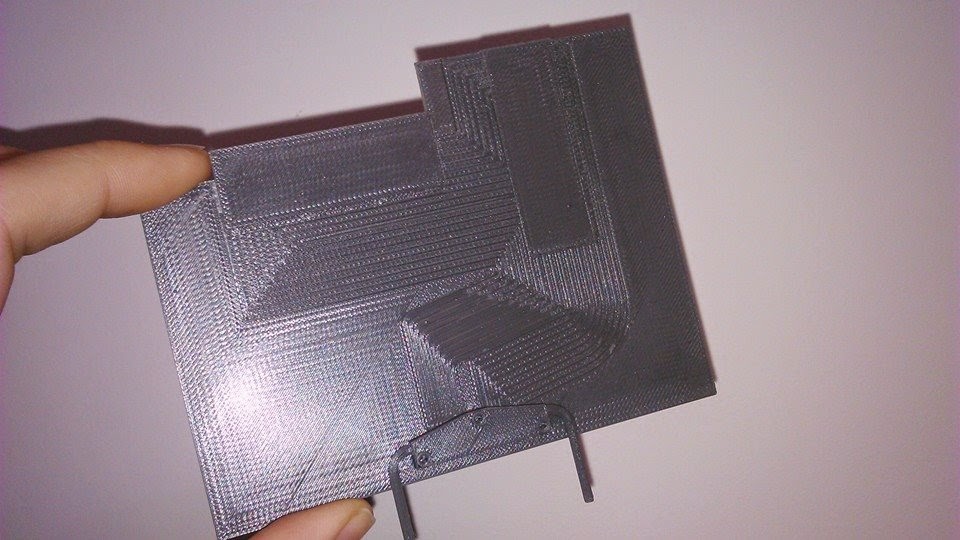Ever
wondered what the scientists at The University of Manchester get up? Well
here’s your chance to find out as we turn Oxford Road into a giant laboratory this
coming Halloween weekend with Spectacular Science.
With more
than 40 interactive science experiments, there's something for everyone at this
family fun day at Whitworth Hall and Manchester Museum, 11am – 4pm.
Step into
the shoes of an aerospace engineer and face the power of our wind turbines as
you explore the forces of flight – lift and drag. Help our atmospheric
scientists to unearth the mysteries of one of the most destructive weather
phenomena in nature as they power up the mini-tornado machine.
Become a
biologist for the day as we ask what has fungi ever done for us, investigate
how blood travels around the body, and discover why some species of turtles can
live without oxygen for 6 months!
We’ll also
explore the science behind music as you create your own musical instruments
from weird and wonderful objects. Or perhaps you’d like to explore the
marvelous world of biomaterials and technical textiles – be sure to help us
test the strength and resistance of perhaps the world’s most popular material –
chocolate.
You’ll have
the chance to don on a lab coat and see how the brain responds when we watch
and imitate someone, find out why we need mucus, or learn how to turn your
phone into a super microscope as we take a closer look at our cells.
Or perhaps
you’d like to help our computer scientists and engineers programme games, crack
secret codes, build robots, or immerse yourself inside a virtual world where nothing
is quite as it seems.
All of this
and more as you help us to explore the wonder of science.
By Dee-Ann
Johnson, The University of Manchester
Twitter: @UoMEngage
#ScienceIsSpectacular
Visit our
website: http://www.engagement.manchester.ac.uk






















.JPG)
